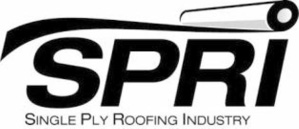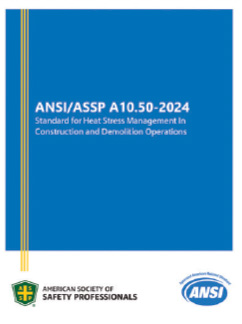MIT develops AI-involved training for robots
A recent study by Massachusetts Institute of Technology researchers shows a new training method for robots may bring them closer to performing complex tasks on job sites with more efficient results, according to Construction Dive.
MIT’s Improbable AI Lab, a group within its Computer Science and Artificial Intelligence Laboratory, combined three types of instruction—language-, visual- and action-based—to teach robots how to perform multistep tasks with higher success rates than comparable training methods.
The training framework, known as Compositional Foundation Models for Hierarchical Planning, reportedly can help robots have an effect in construction, manufacturing and household chores.
The training involved robots approaching a larger objective by completing many smaller steps first. Each step is improved on by the next through a process that allows the training framework to reason about its ideas and take in feedback at each stage to generate a more practical outline.
Anurag Ajay, a Ph.D. student at MIT and a Computer Science and Artificial Intelligence Laboratory affiliate, says robots currently are limited by their hardware but would be good at performing brute force work, such as picking up heavy objects and moving them.
SPRI to canvass RD-1 retrofit drain standard
 |
SPRI has announced it is revising ANSI/SPRI RD-1, “Performance Standard for Retrofit Drains,” and plans to canvass the document for reapproval as an American National Standard.
ANSI/SPRI RD-1 is a reference for individuals who design, specify or install retrofit roof drains designed for installation in existing drain plumbing on existing roofs. The standard does not include consideration of all roof stormwater drainage code requirements for specific building sites.
In 2004, SPRI developed the ANSI/SPRI RD-1 standard for use by architects, engineers, consultants, roofing contractors and owners of low-slope roof systems. It was last revised and reapproved as an ANSI standard in 2019.
Standard regarding heat stress in construction is published
 |
The American Society of Safety Professionals has published the first national voluntary consensus standard addressing heat stress for workers in construction and demolition operations, according to the ASSP website.
ANSI/ASSP A10.50-2024, “Heat Stress Management in Construction and Demolition Operations,” offers guidance regarding protecting workers, explains how to acclimate workers to high heat conditions, and provides requirements for training employees and supervisors. The standard includes checklists and flowcharts designed to help companies develop clear, effective heat stress management programs that bridge the regulatory gap.
“This new industry consensus standard is an important development because there is no federal regulation focused on heat stress,” says Jim Thornton, president of ASSP. “Employers need expert guidance on how to manage heat-related risks. They must have the tools and resources to identify and help prevent work hazards before an incident occurs.”
The A10.50 standard identifies engineering and administrative controls a company can implement to ensure workers get proper rest, water breaks and shade while still meeting business needs. Recommendations such as medical monitoring and using a buddy system can reduce risks and help prevent heat-related illnesses in many work environments.
The effects of heat stress can range from mild symptoms such as heat rash and heat cramps to severe conditions such as heat exhaustion and heat stroke, which can be fatal. The standard includes a detailed emergency response plan if a worker has a severe reaction to excessive heat.
NRCA was part of the A10.50 subcommittee that wrote the standard; the subcommittee consisted of 30 safety and health experts from businesses, trade unions, consulting firms, universities and government agencies.
COMMENTS
Be the first to comment. Please log in to leave a comment.